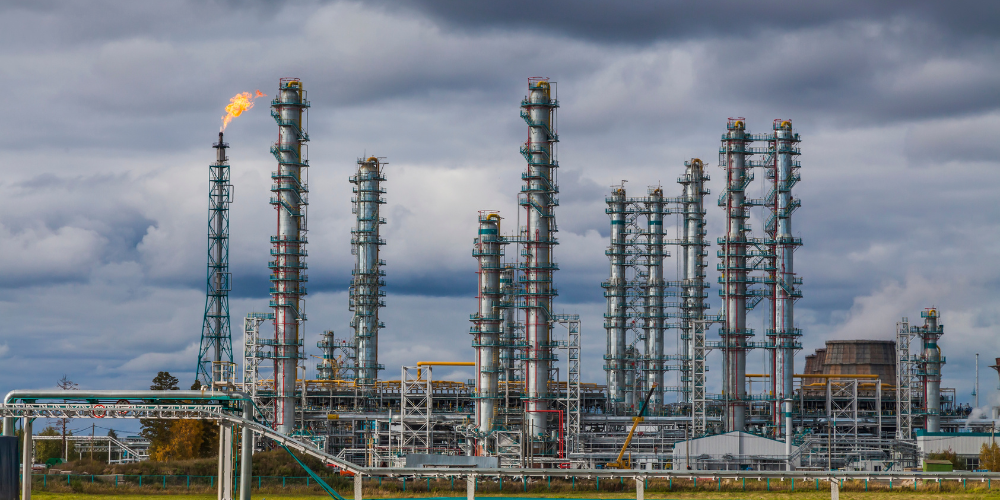U.S. Inflation Cools In March
Consumer price inflation eased more than expected in March, with the CPI falling 0.1% and annual inflation dropping to 2.4%. Core inflation slowed to 2.8%, the lowest level since March 2021. Energy prices, particularly gasoline, saw sharp declines, while shelter and vehicle prices showed modest changes. Despite the drop, upcoming tariffs by President Trump could reverse the trend, though a recent delay in their implementation has introduced uncertainty. Markets reacted negatively, and the Fed is expected to hold off on rate changes until June.
Wholesale Prices Drop
The Producer Price Index (PPI) unexpectedly fell 0.4% in March, the first decline since October 2023, signaling easing inflation pressures even as President Trump escalated trade tariffs. Core PPI also declined by 0.1%, below forecasts. A sharp drop in gasoline prices led the decrease in goods and services costs. Despite the dip, annual PPI inflation remains above the Fed’s 2% target. Market reactions were positive, but uncertainty around Trump’s evolving tariff policy may affect future inflation trends.
Markets Soar On News of Tariff Pause
U.S. stocks soared Wednesday in one of their best days ever after President Trump announced a 90-day pause on most tariffs and lowered general import duties to 10%, sparking a wave of investor optimism. The Dow surged nearly 3,000 points, the Nasdaq jumped over 12%, and the S&P 500 gained 9.5%, pulling markets back from the brink of a bear market. However, Trump simultaneously raised tariffs on Chinese goods to 145%, triggering swift retaliation from Beijing and renewing concerns over escalating trade tensions. Despite the market rally, economists caution that ongoing uncertainty and the unresolved U.S.-China conflict could still hinder economic growth.


















